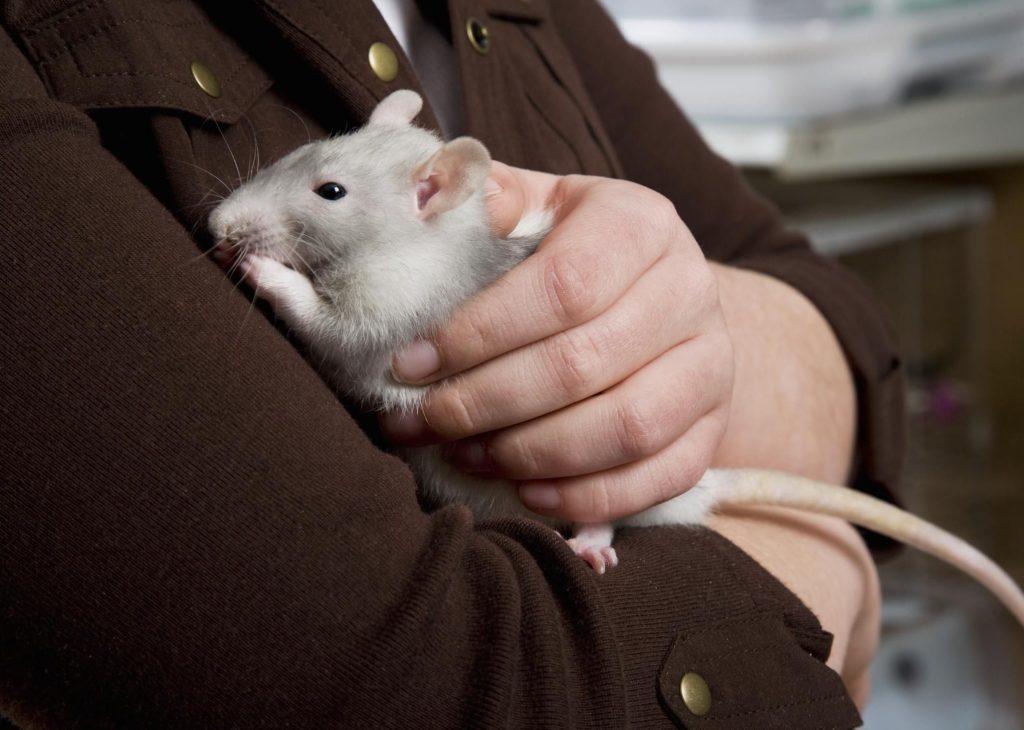The use of rodents in scientific research has been critical for advancing our understanding of diseases, drug development, and basic biological processes. Rodents, particularly mice and rats, have a structure and physiology that is similar to humans, making them ideal models for many types of research. In this essay, we will explore the role of family rodents in scientific research, examining their use in a variety of fields and the significance of these studies.

One of the most important areas of research involving rodents is the study of human diseases. Researchers have used mice and rats to model a wide range of diseases, including cancer, heart disease, diabetes, and Alzheimer’s disease. These animal models are used to test new drugs and therapies, as well as to study the underlying mechanisms of disease. For example, researchers have used mice to study how cancer cells grow and spread, allowing them to develop new treatments that target these processes.
Rodents have also played a critical role in the development of new drugs and therapies for human diseases. Many drugs that are currently in use, including chemotherapy drugs and insulin, were first tested on rodents. In addition, researchers use rodents to test the safety and efficacy of new drugs before they are tested in humans. This allows researchers to identify potential safety concerns and optimize dosing regimens before moving on to human trials.

In addition to their use in disease research, rodents are also critical for basic biological research. Researchers use rodents to study a wide range of biological processes, including genetics, development, and behavior. For example, mice have been used to study how genes are regulated and how mutations in these genes can lead to disease. Rats have been used to study the mechanisms of addiction and how the brain responds to drugs.
Another area where rodents have been invaluable is in neuroscience research. Researchers use rodents to study the structure and function of the brain, as well as to develop new treatments for neurological disorders. For example, rats have been used to study Parkinson’s disease, allowing researchers to develop new drugs and therapies that target the underlying causes of the disease. Mice have been used to study the molecular mechanisms of learning and memory, providing insights into how the brain processes information.

Despite the many benefits of using rodents in research, there are also ethical concerns associated with the use of animals in scientific research. Animal welfare advocates argue that the use of animals in research is cruel and unnecessary, and that alternative methods, such as computer simulations and cell cultures, should be used instead. In response to these concerns, researchers have developed guidelines and regulations to ensure that animals are treated humanely and that their use in research is justified.
In conclusion, the use of rodents in scientific research has been critical for advancing our understanding of diseases, drug development, and basic biological processes. While there are ethical concerns associated with the use of animals in research, the benefits of this research cannot be overstated. Rodents will continue to play a critical role in scientific research, allowing researchers to develop new treatments and therapies that improve the health and well-being of humans and animals alike.